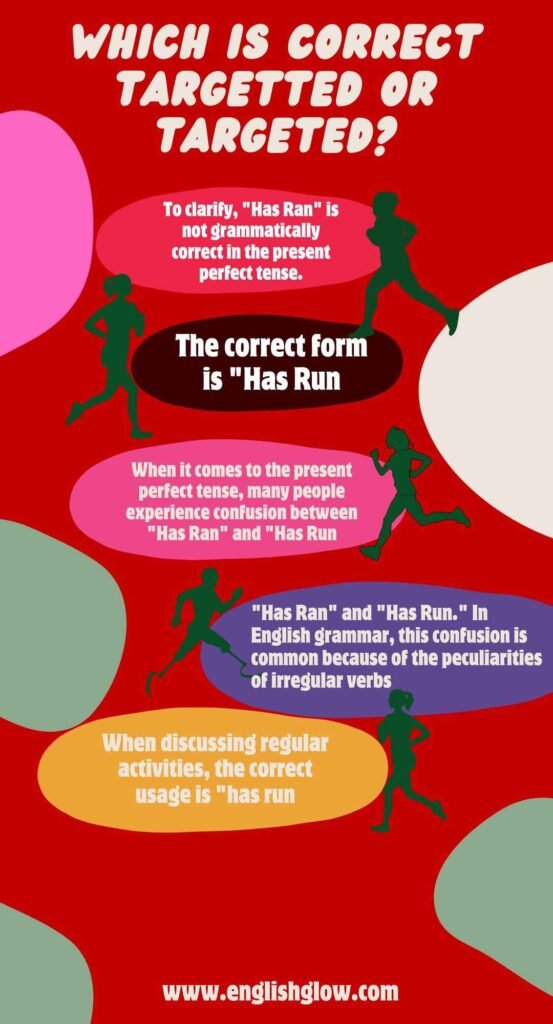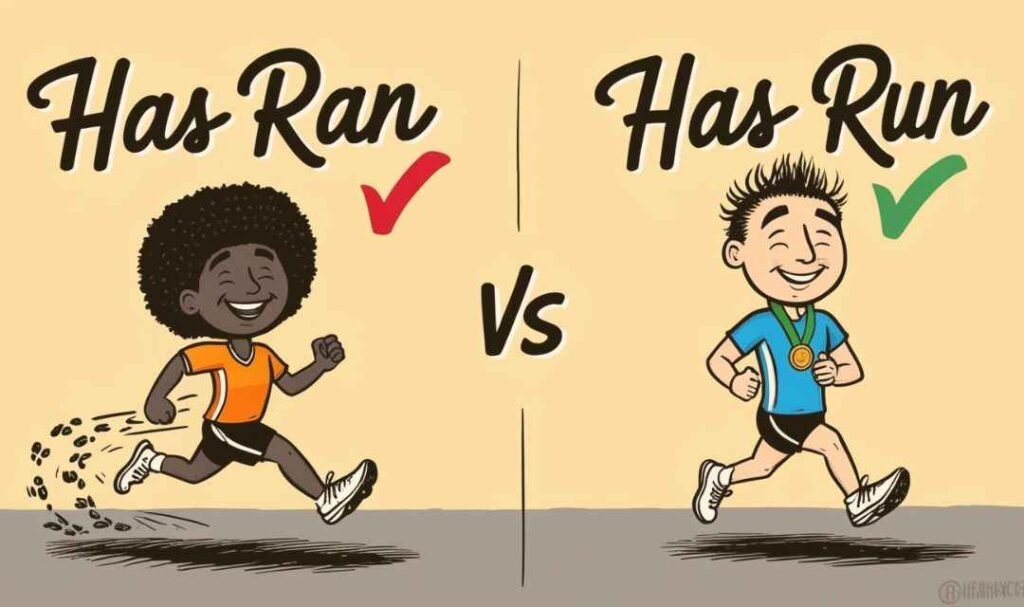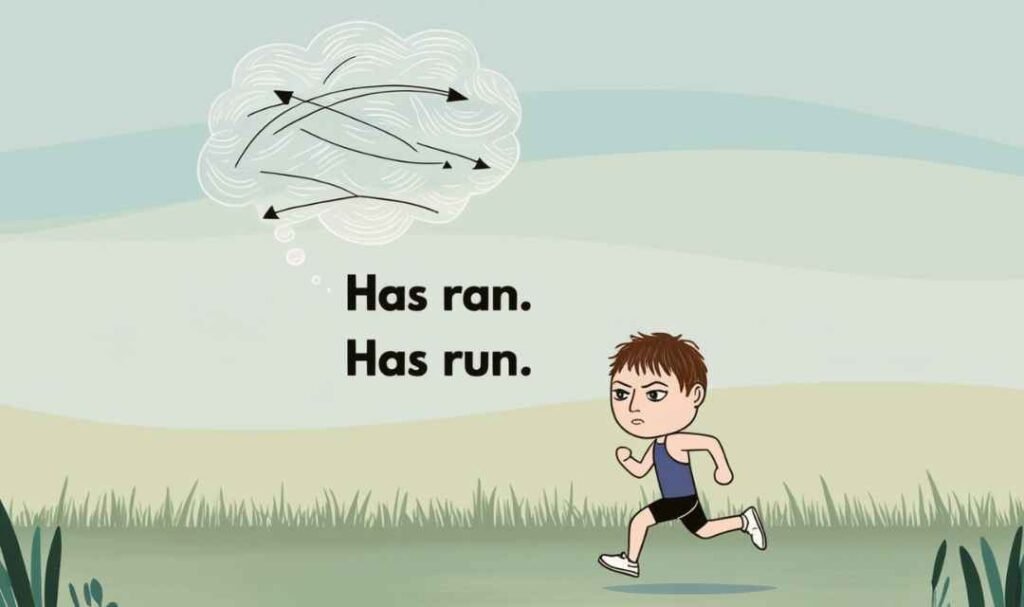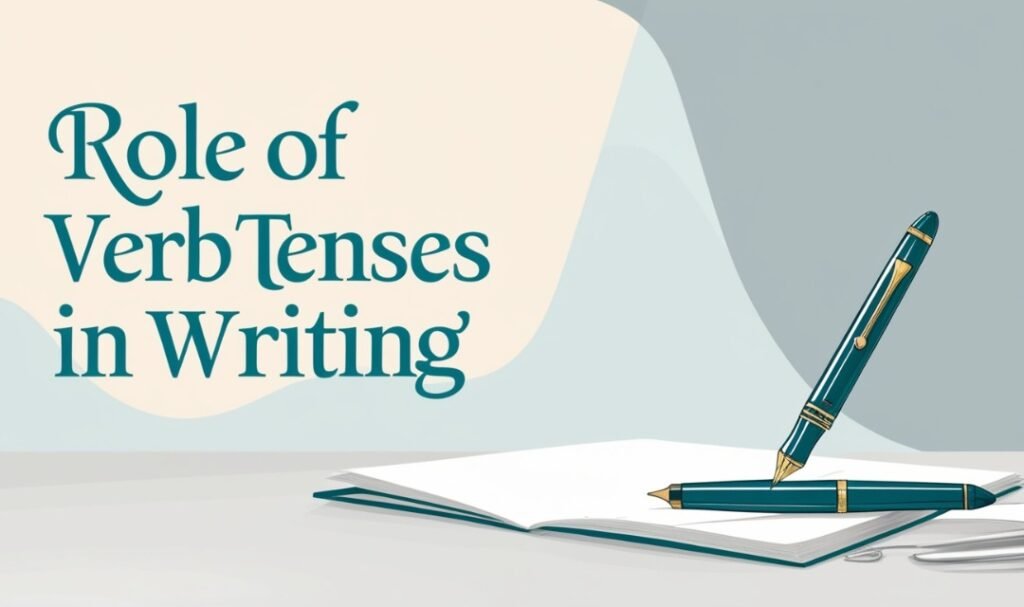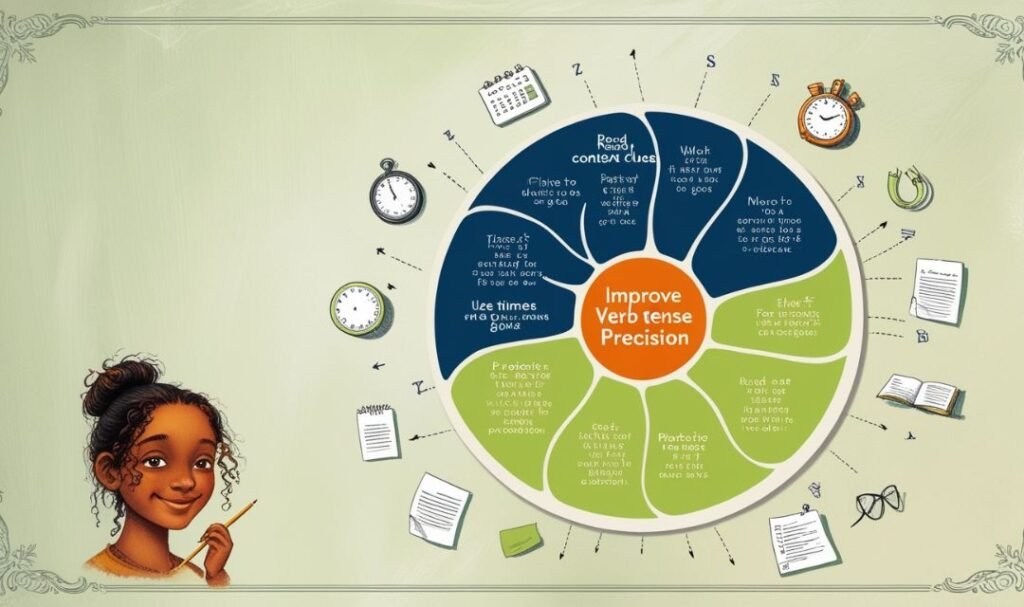Understanding the difference between “Has Run” and “Has Ran” can be a challenge for anyone learning English. The two tenses—present perfect and simple past—can be confusing because they deal with actions that seem similar in timing. However, it’s essential to recognize the fundamental rule: “Has Run” is the correct form when you’re using auxiliary verbs like have or had in sentences that express actions with present relevance. For instance, “She has run a marathon every year.” In this context, the action continues to have an impact on her life, even though it happened in the past.
In my experience teaching students, I find that delving into the concept of verb tenses with real-life examples helps them navigate the intricacies of grammar more easily. Many struggle with understanding why we use “Has Run” instead of “Has Ran,” and that’s when visual aids like timelines come into play. It’s about reinforcing the difference between a simple past action, like “She ran to the store yesterday,” and an action with ongoing relevance, like “She has run five marathons this year.” These nuances are critical for improving both and written spoken written communication.
Mastering these forms enhances your language skills, helping you express yourself more accurately and confidently in both everyday conversation and professional writing. Whether you’re writing an email, an essay, or speaking about a business meeting, using the correct verb forms will make your message clearer. By practicing regularly and constructing your sentences appropriately, you’ll be able to communicate more precisely and with greater proficiency. The key to mastering this part of English is to keep practicing and avoid common mistakes.
Which one is correct Has Ran or Has Run?
When it comes to the question of whether “Has Run” or “Has Ran” is correct, it is important to understand the rules of verb tenses in English grammar. In my classes, I mostly emphasize the correct usage of the present perfect tense and how it relates to these verb forms. To clarify, “Has Ran” is not grammatically correct in the present perfect tense. The correct form is “Has Run.” The reason for this lies in the irregular verb conjugation of “run.” The past tense of “run” is “ran,” but when combined with the auxiliary verb “has” in the present perfect tense, we use the base form or present participle, which is “run.”
To illustrate this, let’s consider some sentences that I frequently use in my classes. For instance, “She has run a marathon every year since she started training,” or “He has run five miles every morning for the past month.” By incorporating these examples into our discussions, my students gain a better understanding of the correct usage of “has run” in the present perfect tense. This clear distinction helps avoid common mistakes, allowing learners to apply the rules confidently.
When it comes to the present perfect tense, many people experience confusion between “Has Ran” and “Has Run.” In English grammar, this confusion is common because of the peculiarities of irregular verbs. Just like “sing,” which becomes “sang” in the past but “sung” when used with “have,” the verb “run” follows a similar pattern. The past tense of “run” is “ran,” but when paired with an auxiliary verb like “has” in the present perfect tense, the correct form is “Has Run.” This is because the present perfect tense uses the past participle form of the verb, and in this case, “run” is the correct participle, not “ran.”
To make it clearer, think of examples from everyday scenarios: “Hannah has run to the store to buy snacks,” or “He has run many miles this week.” These sentences show how the correct form works in different contexts. Understanding this will allow you to avoid the incorrect construction of “Has Ran” and improve your ability to communicate clearly and effectively, both in casual conversations and formal writing. By mastering these verb forms, you’ll confidently express yourself without making common grammatical errors.
You might enjoy reading: Targetted or Targeted? Discover the Critical Spelling Difference!
Understanding Verb Tense Nuances: “Has Ran” vs. “Has Run”
In English, mastering the nuances of verb tenses is a fundamental aspect of comprehension that ensures accurate and effective communication. One common stumbling block involves the present perfect tense, particularly with the verbs “has ran” and “has run.” Let’s clarify this distinction with practical examples to exemplify the proper application of these verb forms.
When discussing regular activities, the correct usage is “has run.” For instance, if I say, “He has run five miles every day this week,” it highlights that the action started in the past and may still be ongoing or completed within a specific period. This usage emphasizes the continuity of the activity over time. Another example where “has run” is used to signify an action that occurred in the past but impacts the present situation is: “We have run out of milk; we need to go to the store.” This demonstrates the connection between a past event and present consequences.
Conversely, “has ran” is often mistakenly used but is grammatically incorrect. In English classes, we emphasize the importance of comprehending the present perfect tense to provide students with the knowledge that empowers them to express themselves accurately and confidently in various contexts, thereby enhancing their proficiency in the English language. Through incorporating these sentences into our discussions, students gain a comprehensive understanding of the distinction between “has ran” and “has run.”
Exploring Verb Tense: Correct Usage of “Has Run”
Understanding when to use “has run” instead of “has ran” is crucial for clear and correct communication in English. A common mistake arises when people mistakenly use “has ran,” which is incorrect. The correct form, “has run,” follows the present perfect tense, which is used to describe an action that started in the past and either continues in the present or has effects that are still relevant. For example, if someone left the office at noon and hasn’t returned, you would say, “He has run to the supermarket to buy ice cream,” not “He has ran.”
In another scenario, consider a situation involving routine responsibilities or repeated actions. Let’s say you manage the finances for a community program where funds and applications need to be managed over time. If you have been doing this since the program started, you’d express this by saying, “I have run the financials of our association since its inception.” This sentence uses “has run” (or “have run” for first-person) to show ongoing involvement or an action that, while started in the past, continues through to the present. This use emphasizes the association between past actions and their ongoing relevance or outcome.
The Crucial Role of Verb Tenses in Effective Writing
Proper verb tense is of utmost importance in writing because it plays a crucial role in conveying accurate information and maintaining clarity. This precision ensures that the timeline of events is accurately portrayed, which in turn allows readers to easily understand the sequence of actions and ideas presented. For example, using the present tense might be appropriate to describe general truths or ongoing actions, while the past tense should be applied to discuss completed actions or events that have already occurred. Similarly, the future tense is used to express actions or events yet to happen, illustrating how the choice of tense impacts the reader’s perception of time and action.
In educational contexts, classes often emphasize the significance of using appropriate verb tenses to create coherent and cohesive pieces of writing. This foundational skill helps students effectively communicate their thoughts and ideas, thus enhancing the overall quality of their work. Mastering the proper usage of verb tenses not only aids in clarity but also enriches the text, providing a smoother and more engaging reader experience. Such mastery is essential for anyone looking to excel in written communication, be it in academic settings, professional environments, or creative writing endeavors.
40 examples of correct usage of “has run”
- She has run a marathon every year to raise money for charity.
- He has run five miles every day this week to prepare for a race.
- Our team has run out of time to complete the project as planned.
- I have run out of milk and need to go to the store.
- They have run a successful business for over a decade.
- His car has run smoothly ever since the mechanic fixed it last month.
- We have run into difficulties on our way to the river since it dried up during the drought.
- He has run the fastest time in his school’s history for the mile race.
- The campaign manager has run several successful campaigns for mayor.
- Our company has run a series of experiments to test the new hypothesis on energy consumption.
- She has run her blog for years, covering events across the continent.
- They have run a profitable business in the valley for centuries.
- He has run advertising campaigns that broke all previous sales records.
- The software team has run into a critical bug that needs immediate attention.
- I have run this computer program without any issues for the past month.
- She has run through the entire course to ensure everything is set for the fundraising campaign.
- He has run the engine for over 100,000 miles without any major problems.
- They have run out of patience with the ongoing construction delays.
- She has run the social media campaign, which increased our customer base by 40%.
- We have run out of gas; luckily, a station is just down the road.
- She has run her own jewelry shop successfully for the past five years.
- He has run five miles every morning to stay fit.
- The marathon runner has run in over 30 international races.
- I have run out of ideas on how to solve this problem.
- The event organizer has run major festivals across the country.
- They have run this restaurant for over two decades.
- Our project manager has run into several unexpected obstacles this quarter.
- The historian has run a blog about medieval history for several years.
- We have run out of stock for the most popular product.
- She has run the social media campaign that doubled our followers.
- He has run his vehicle for over 200,000 miles without significant issues.
- The scientist has run a series of experiments to verify the hypothesis.
- I have run multiple simulations to predict the upcoming weather patterns.
- The community leader has run for office three times in the past.
- They have run out of patience with the delays in the construction schedule.
- We have run this machine continuously for the past 48 hours to meet the demand.
- The technician has run diagnostics on the network to find the cause of the outage.
- She has run through her presentation several times to ensure perfection.
- He has run the customer service department efficiently, reducing complaints by 50%.
- Our CEO has run the company through various economic cycles, maintaining profitability.
These examples demonstrate how “has run” is versatile in describing both ongoing activities and actions completed in the past that continue to impact the present, useful for crafting clear and effective sentences in varied contexts.
You might enjoy reading: Vagrant vs Hobo: Key Differences You Need to Know
Key Errors to Avoid with “Has Ran” and “Has Run”
Common Pitfalls in Using “Has Ran” and “Has Run”
- Highlighting common mistakes in classes is important when teaching verb tenses, especially the difference between “has ran” and “has run.”
- Using “has ran” is a mistake because it combines the past tense form “ran” with “has,” which requires the past participle form. This is an incorrect usage and should always be avoided.
- The correct form to use is “has run,” which is in the present perfect tense. This tense is used to describe an action that started in the past and is either still ongoing or has been completed but is relevant to the present.
- For instance, saying “He has run a marathon” accurately conveys that the action of running the marathon happened in the past but has implications for the present, such as his current state of exhaustion or achievement.
- Another example where “has run” is used correctly: “She has run five miles every day this week.” It shows the action started in the past and continues up to now.
- Using “has ran” in sentences like “He has ran five miles yesterday” is incorrect because it refers to a specific past event that is completed and should simply be “He ran five miles yesterday.”
- Being mindful of these distinctions is crucial when practicing accuracy and clarity in writing. Students can enhance their understanding of correct usage by regularly reviewing and applying these rules.
Strategies to Improve Verb Tense Precision
- Improving verb tense accuracy in writing is essential for conveying information clearly and effectively. Here are some valuable tips that classes often provide to students to enhance their understanding and usage of verb tenses:
- Determine the timeframe of the action or event described: Understanding whether the event happened in the past, is happening in the present, or will happen in the future helps to select the appropriate verb tense.
- Use signal words and phrases that are specific to each tense: For past tense, words like “yesterday” or “last week” are indicators; for present tense, phrases like “currently” or “now” suggest that the action is ongoing.
- Learn the differences between irregular verbs and their conjugations and regular verbs, which follow a more consistent pattern. This makes it easier to remember how to use them correctly, especially in special forms like the present perfect tense, which is used for actions that started in the past and are either still ongoing or have been completed but are connected to the present.
- Proofread your work to ensure consistency in verb tense usage. Reading your piece aloud or having someone else review it can help identify any inconsistencies and improve the overall quality of your writing.
- Practicing regularly with exercises focused on verb tense application can enhance your ability to use tenses accurately in various writing scenarios.
Conclusion
In mastering the nuances of English verb tenses, particularly when discussing terms like “has ran” versus “has run,” it’s crucial to grasp why appropriate usage is not just a rule but a bridge to effective communication. The present perfect tense—correctly applied as “has run”—helps convey an action that started in the past and may be either ongoing or completed, but still relevant. For instance, when saying someone “has run a company for ten years,” it implies a continuation of past efforts to the present moment, enhancing the clarity and accuracy of the information provided.
Using “has ran” is an incorrect form that combines a simple past tense (“ran”) with the helper verb “has,” which is reserved for the past participle. Such errors disrupt the clarity of communication and could potentially alter the information being conveyed. To ensure that ideas are expressed clearly and writing maintains a high quality, paying attention to detail and practicing regularly are key. Through class exercises and continuous practice, one can develop a strong command over verb tenses, which ultimately supports the ability to convey thoughts and ideas with precision.
You might enjoy reading: Resetted or Reset? Discover the Best Option for You!


